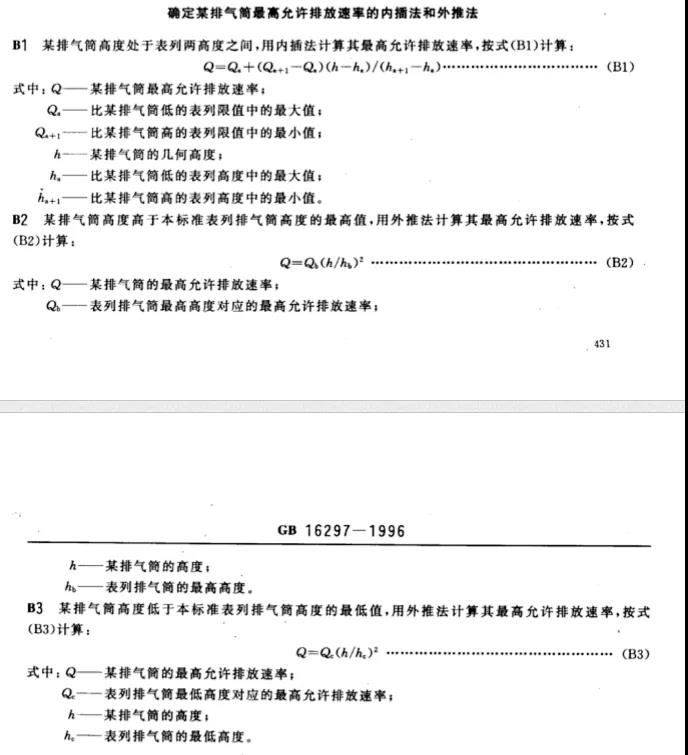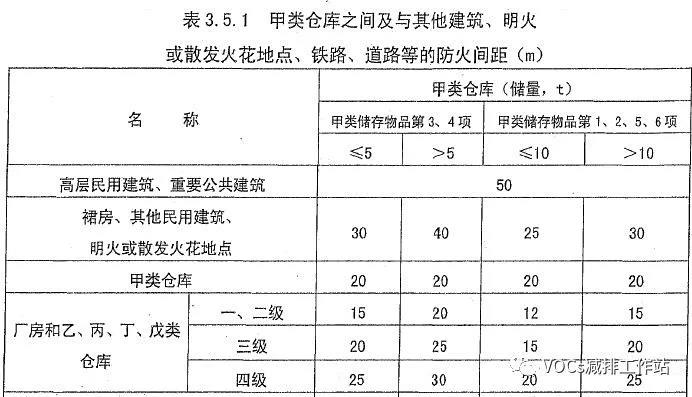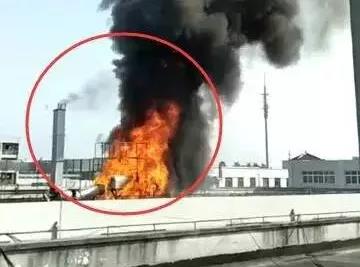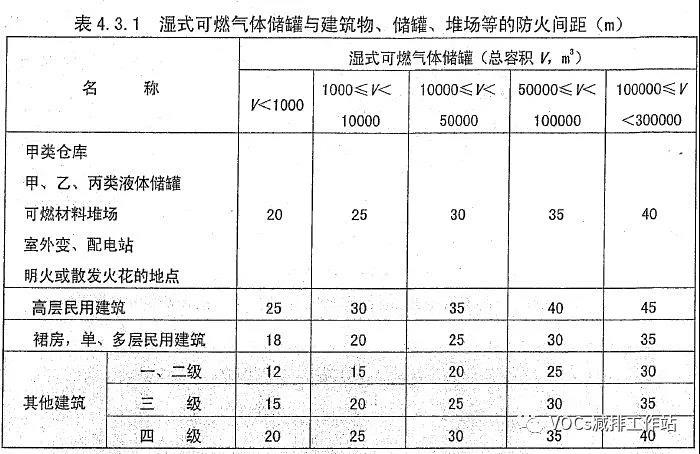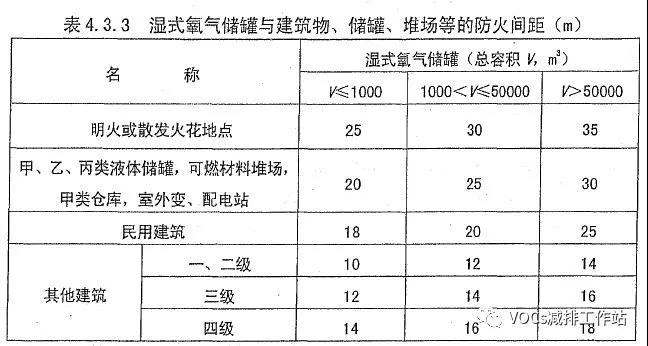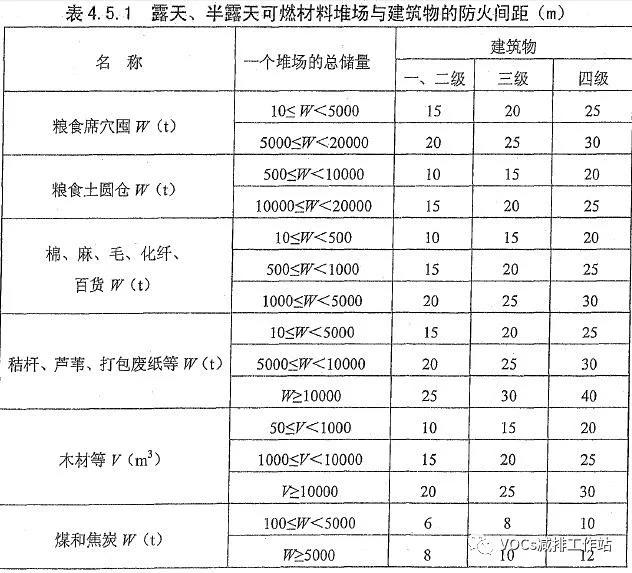1. "GB16297-1996 Comprehensive Emission Standard of Air Pollutants"
a. The height of the exhaust pipe should be more than 5 meters higher than the surrounding buildings with a radius of 200m, and the exhaust pipe that cannot meet this requirement should be strictly implemented according to the standard value of the emission rate corresponding to its height; 50%;
b. Two exhaust pipes that emit the same pollutants (whether they are produced by the same production process or not), if their distance is less than the sum of their geometric heights, should be combined into an equivalent exhaust pipe (this is an equivalent exhaust pipe for the emitter). Disadvantageously, when the emission rate remains unchanged, the two chimneys are regarded as one exhaust port, and the air volume is bound to increase, so higher requirements are placed on the emission concentration); if there are more than three close-range exhaust pipes, and the emission is For the same pollutant, the first two equivalent exhaust pipes should be equivalent to the third and fourth exhaust pipes. The gas cylinder is equivalent to the third chimney, and so on), and the parameter method of the equivalent value is shown in the following figure:
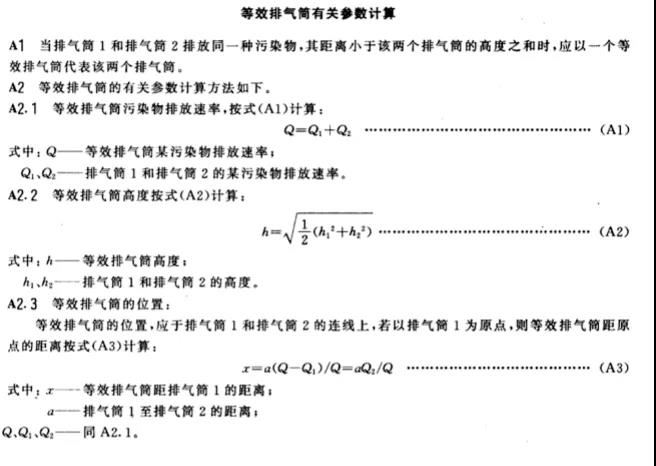
c. If the height of an exhaust pipe is between the two values listed in this standard, the high allowable emission rate it performs is calculated by interpolation. The calculation formula of the interpolation method is shown in the figure below. When the height of an exhaust pipe is When it is greater than or less than the large or small value listed in this standard, the extrapolation method is used to calculate the high allowable emission rate. The calculation formula of the extrapolation method is shown in the figure below.
d. The exhaust pipe of the new pollution source should generally not be lower than 15 meters. If the exhaust pipe of the new pollution source must be lower than 15 meters, the standard value of the emission rate shall be strictly implemented by 50% according to the extrapolated calculation result of c.
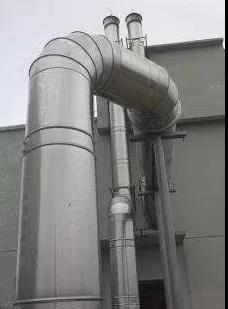
2. Class A, B and C workshops are equipped with open flame treatment equipment and open flame equipment with a safe distance.
"Code for Fire Protection Design of Buildings" (GB50016-2014) clearly proposes a small fire separation distance between workshops, warehouses, storage tanks, and combustible material storage yards and open flames or places where sparks are emitted (such as RTO incinerators). , The fire separation distance of Class B workshop should not be less than 30m.
The fire separation distance from Class A, B and C liquid storage tanks shall be at least 25m.
The fire separation distance from the wet combustible gas storage tank shall be at least 20m.
The fire separation distance from the wet oxygen storage tank shall be at least 25m.
The fire separation distance from the combustible material storage yard shall be at least 12.5m.
Of course, those with industry norms should follow the requirements of the industry norms. For example, the "Code for Fire Protection Design of Petrochemical Enterprises GB50160-2008" has clear requirements for the fire separation distance in the industry.


